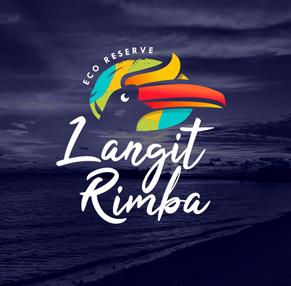It has been a few years now that computer graphics have taken an increasingly important place in business communication. But before we expand on that, let’s take a quick look at what an infographic really is.
What is an infographic?
An infographic refers to information graphics. It is a grouping of information, highlighted thanks to visual designs and a hierarchy of information. It allows you to visualize and explain sometimes complicated subjects or indigestible statistics thanks to a playful layout. As you can see, no more old PowerPoint presentations with aging graphics, room for rejuvenation and modernization!
Why use it?
There are many good reasons to use an infographic rather than another form of presentation:
- It simplifies reading : the data is organized into a hierarchy and gets to the point, making it easy to identify and record the information that is useful
- An attractive visual is more effective than a text : many studies have shown that we remember 80% of what you see while we remember only 20% of what we read
- It energizes your presentation : this format allows you to enrich your presentations with more modernity and corresponding to the trend
- It influences and persuades : computer graphics often have a lot of quantitative data (figures), so it brings a feeling of transparency and expertise for maximum impact on its audience
- It corresponds to current digital communication: easily shareable on social networks, an infographic can very quickly become viral.
To sum up, computer graphics correspond to an up-to-date mode of communication, which is also very popular with graphic designers in order to make it an ever trendier tool. Creative Logo Designers Melbourne But it is also and above all an excellent way to convey complex information, and this on any subject since an infographic can display many different styles. It adapts to all communication themes (whether internal or external).
What are the different types of infographics?
The possibilities for infographic types are endless. There is a wide choice as to size, style, amount of information to convey, colors, typography etc. But it is still possible to categorize major themes:
Geographic infographic:
It is the format that uses maps as the main element of data visualization. This is the ideal type of infographic when you want to point out specific places, or show trends by sectors etc.
The comparison infographic:
As you will understand from its name, it allows you to compare different options or data. The purpose of this infographic is to help the reader to make a choice or to highlight the differences and / or similarities between several categories.
The process infographic:
The concept of this infographic is as follows: to make it as simple as possible to understand a procedure to follow, a security protocol to respect… In general, process infographics contain numbered steps.
Informative infographic:
It allows to present a concept, to summarize the essential points of a long content, to convey an important message etc. She mainly uses simple illustrations and little text in order to synthetically expose the ideas to be transmitted.
The chronological infographic:
Thanks to this type of infographic you can chronologically display the information you want to share. Thus, you can in particular present the different stages of a project, or of a story, all this by placing the significant events on a frieze for example.
Statistical infographic:
Use this form of infographic to present data from your studies or the results of your surveys, for example.
But as said before, the possibilities are endless, so you can use the infographic to present a list, your CV or even the stages of assembling a piece of furniture for example.
What can be the benefits of an infographic?
Infographics can be used in B2B as well as B2C. It is a universal mode of communication and whatever your activity:
- Marketing: it allows you in particular to develop and promote your brand image
- Human resources: it can allow you to present a change in the company for example
- Project management: it allows a simple presentation of a whole complex process
- Research: it can be useful to summarize the main information of a large study
- …
Achieving an effective infographic goes through the use of short sentences, visually coherent and relevant graphics according to the information to be conveyed. The visual and the content must respond to each other while being almost sufficient on their own.
Going for an original angle, if it matches your brand values, will always help you gain popularity and differentiation. What is out of the ordinary always becomes more viral and effective.
